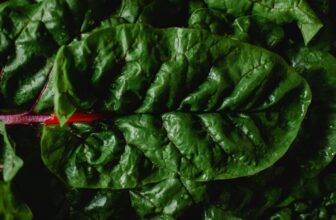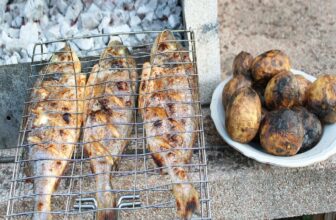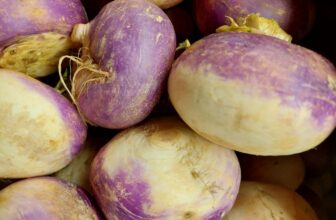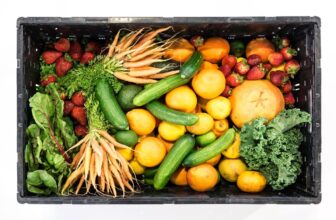Preserving seeds is an excellent way to ensure that you have a consistent and reliable source of food for years to come. Whether you are an avid gardener or just starting, understanding the best way to preserve vegetable seeds and other seeds is essential. In this article, we will discuss the different methods you can use to preserve your seeds and the factors you need to consider when choosing a preservation method.
Reasons for Preserving Seeds
Before we dive into the different preservation methods, it’s important to understand why preserving seeds is so important. First and foremost, it allows you to maintain a consistent source of high-quality, non-genetically modified produce. By saving and replanting your seeds, you can ensure that the produce you grow is healthy, flavorful, and adapted to your specific growing conditions.
Additionally, preserving seeds allows you to save money on seed purchases year after year. While purchasing seeds is not expensive, over time, the cost can add up. By preserving your seeds, you can save money and still enjoy a diverse array of fruits and vegetables.
Factors to Consider
When choosing a preservation method, there are several factors you need to consider. These include:
- Seed Type: Not all seeds can be preserved using the same method. Some seeds, such as those from tomatoes and peppers, are relatively easy to preserve, while others, such as those from onions and leeks, can be more challenging.
- Seed Age: The age of the seed will also impact the preservation method you use. Older seeds may require a different approach than fresh seeds.
- Storage Conditions: Finally, the conditions under which you store your seeds will impact their longevity. Seeds should be stored in a cool, dry place, away from direct sunlight and moisture.
Methods of Preserving Seeds
There are several different methods you can use to preserve seeds. Some of the most common include:
- Drying: Drying is one of the simplest and most effective methods of seed preservation. To dry seeds, spread them out on a paper towel or tray in a warm, dry place out of direct sunlight. Allow the seeds to dry completely before storing them in an airtight container.
- Refrigeration: Some seeds benefit from refrigeration. Place the seeds in an airtight container, and then put them in the fridge. This will help to slow down the aging process and extend their shelf life.
- Freezing: Freezing can also be an effective method of seed preservation. To freeze seeds, place them in an airtight container and then put the container in the freezer. Make sure the seeds are completely dry before freezing.
- Vacuum Sealing: Vacuum sealing is another effective method of seed preservation. Place the seeds in a vacuum-sealed bag and remove as much air as possible. Store the bag in a cool, dry place.
- Desiccant: A desiccant is a substance that absorbs moisture. To preserve seeds using a desiccant, place the seeds in a small, airtight container along with a desiccant packet. Seal the container and store it in a cool, dry place.
Preserving seeds is an excellent way to ensure that you have a consistent source of high-quality produce for years to come. By understanding the different preservation methods and the factors you need to consider when choosing a method, you can effectively preserve your seeds and enjoy fresh, healthy fruits and vegetables year after year.




